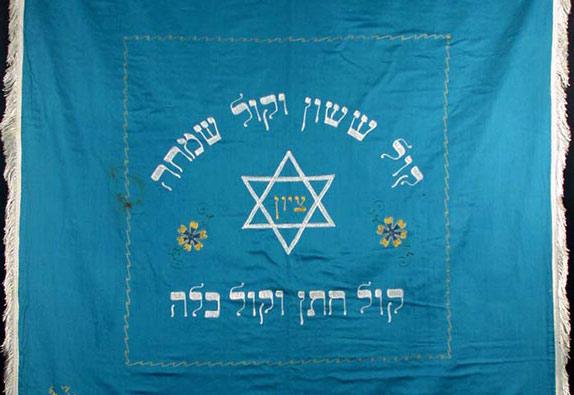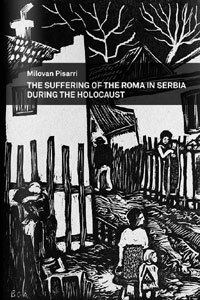Shalom and welcome to the 33rd issue of Teaching the Legacy.
This year marks 70 years since the end of World War II. As such, we have dedicated this newsletter to liberation and the return to life. As the German army retreated during the last months of the war, the Allied soldiers discovered tens of thousands of Nazi concentration camps. Soviet soldiers were the first to liberate concentration camp prisoners in the summer of 1944. The first major concentration camp they liberated was Majdanek near Lublin in Poland. When they liberated Auschwitz in January 1945, Soviet soldiers found only several thousand emaciated prisoners alive who resembled skeletons. The months and years of abuse, violence, brutality, forced labor, disease, horrifying sanitary conditions and the lack of food made many so weak that they could hardly move. Those who survived the first weeks after liberation faced a long and difficult return to life.
In this newsletter we have included an introductory article that deals with the survivors' first moments of liberation and the difficulties of their return to life. One article describes the survivors' return to life in the Displaced Persons Camps that were established after the war to aid the so-called displaced persons. Another article deals with the most notorious postwar pogrom that was carried out not by Nazis but by the local populations in the city of Kielce, Poland in July, 1946. One of the articles is devoted to the postwar fate of children that were rescued by non-Jews in Poland during the war. We have also included an article on poetry after the Holocaust. We feature an interview with Holocaust survivor June (Goldie) Salholz who spent some time in the Displaced Persons Camp Lampertheim in Germany. The newsletter also contains two book reviews.
As always, the newsletter features updates on recent and upcoming activities at the International School for Holocaust Studies and across Yad Vashem. We hope you find this issue interesting and resourceful and we look forward to your feedback.
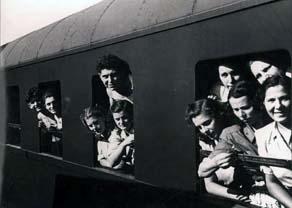
Liberation and the Return to Life
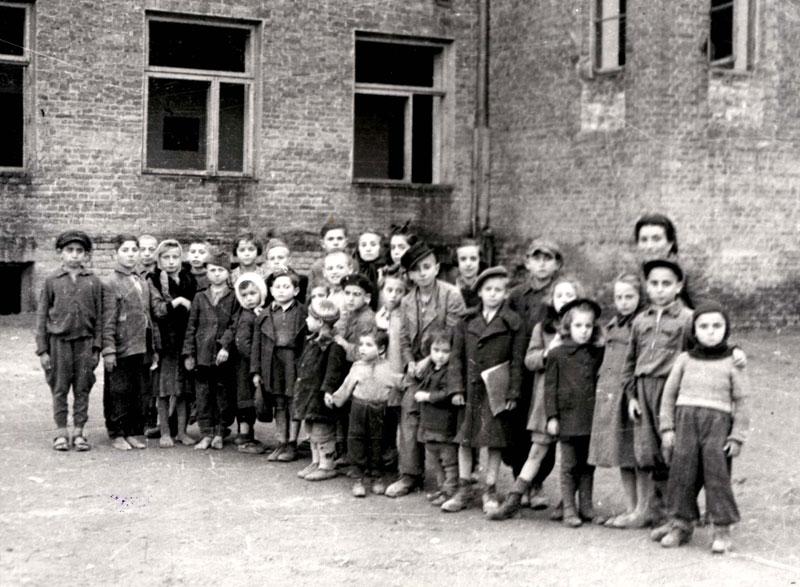
The Difficulties Involved in the Rescue of Children By Non-Jews – Before and After Liberation
Displaced Persons Camps
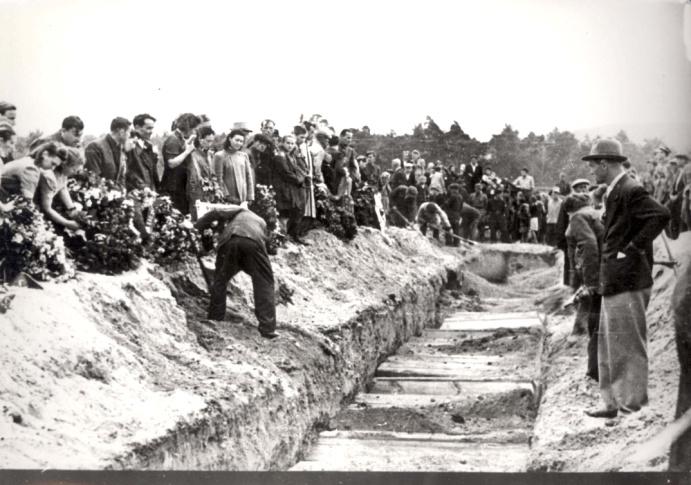
Anti-Jewish Violence in Poland After Liberation
Poetry At Liberation
 Mann yv.jpg?itok=9Sk2lcln)




